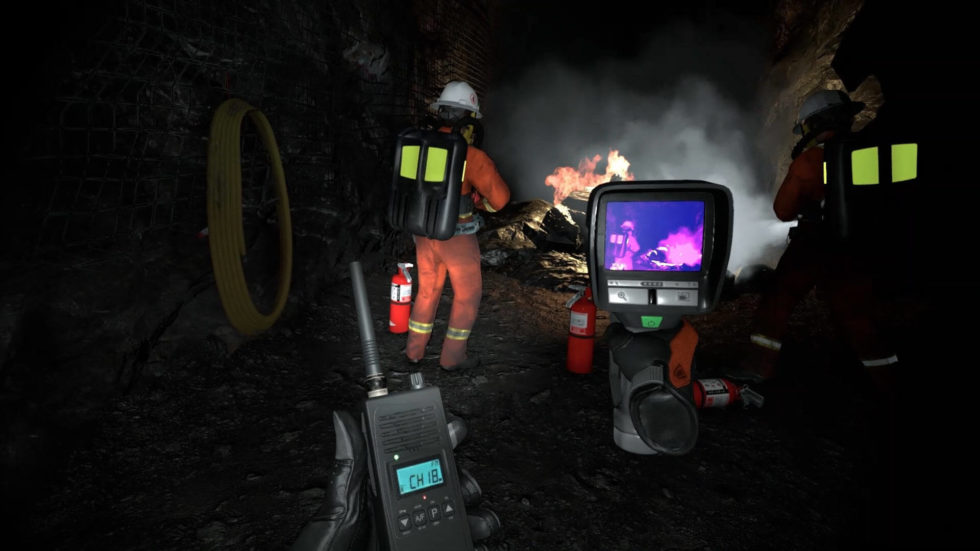Home » The Key to Implementing XR in High-Risk Industries
The Key to Implementing XR in High-Risk Industries

Extended reality (XR), the colloquial term for the variety of immersive technologies encompassing VR and augmented reality, holds significant promise as a learning tool to enhance traditional training programs and methods – but only if implemented and executed correctly.
While many subjects and skills are effectively taught solely through hands-on learning, trainees are beginning to expect more creative and engaging learning and development pathways. As the rise of Extended Reality (XR) gains major traction on a global scale, the opportunities to blend and integrate technology-driven, interactive, and experiential methods of workplace education have never been greater. Recognizing these opportunities, NORCAT has prioritized adding new technologies into our current instructor-led training programs to create a new level of engagement in our students.
Engagement in Training
Blended learning methodologies utilizing technology that our students have exposure to in their everyday lives has the ability to bring training, engagement, and knowledge retention to the next level, resulting in a more productive, efficient, and safe worker who possesses the skills and abilities essential to thrive in the future labor market.
A fancy headset may be the first thing to catch the attention of a student, but the end goal of introducing new technology in a classroom setting is ultimately to enhance – not replace – the learning experience. A common misconception surrounding the use of VR in education is the requirement to replace whole curriculums in order to accommodate the technology. Despite advancements in learning technology, certain topics and courses are more appropriately taught through traditional methods.
VR should be used to explore what would otherwise be impossible for students to experience, for example, NORCAT’s Vale VR training allows trainees to complete virtual reality (VR) pre-operational circle check training tools and exercises for mine equipment, including forklifts, LHD’s (Load, Haul, Dump) and utility vehicles, safely and efficiently without the need to be in the physical mine environment. When a student first dons the VR headset, they can immediately experience an actual underground mine environment, and subsequently, gain spatial awareness of what to expect when taking their first steps underground.
Access entire article published by AIXR
NORCAT
https://www.norcat.org/
NORCAT is a leading private, non-profit organization that empowers our clients, our staff, and our community partners to drive a culture of productivity, innovation, and life-long learning. To deliver on our mandate, NORCAT is focused on three core priorities: As part of the Ontario Network of Excellence, NORCAT serves as Sudbury’s Regional Innovation Centre partnering with community stakeholders to help start and accelerate the growth of innovative companies Develop and provide world-class programs, services, and resources to reduce injuries, save lives, and enhance productivity in the workplace and beyond Operate a vibrant innovation hub to engage our clients, community, and key stakeholders by providing an environment that celebrates a culture of productivity, innovation, and life-long learning


